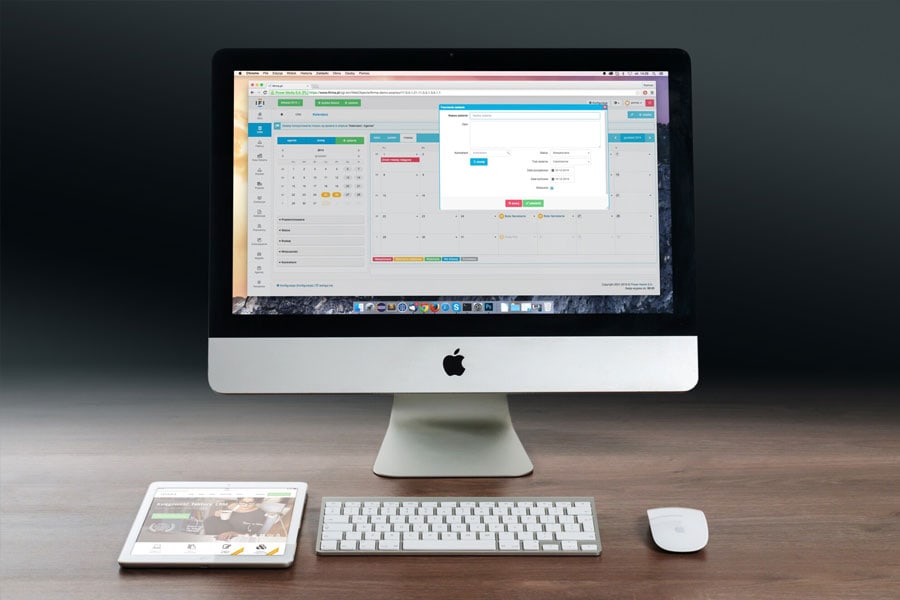
Did you know that Americans spend roughly 7 hours looking at a screen each day?
Television (TV) watching is at an all-time high. All this TV watching adds up to big business for the networks. But TV market research isn’t only about big ratings and advertising revenue.
Networking execs also keep tabs on viewer behavior and habits. They’re especially interested in how, when, and where people watch TV.
The ultimate goal of TV audience research is to improve programming. It’s a continuous process, and market researchers play a crucial role.
Read on to learn more about how they collect and interpret audience data.
Why Collecting Audience Data Is Vital for Television
Television networks and advertisers rely on viewer data to assess their program’s performance.
The data provides insights into who is watching particular programs, when they are watching them and how they respond to the content.
The ability to collect and interpret audience data has become increasingly important in recent years.
What Methods Are Used to Collect Audience Data
There are several ways to collect television audience data, including Nielsen ratings, set-top box data, online surveys, and focus groups.
Each method has its advantages and disadvantages, and no single data source is perfect. In most cases, a combination of data sources is used to get the most accurate picture of viewer behavior.
How to Interpret Audience Data
Interpreting audience data can be complex, and there is a lot of room for error. Networks and advertisers need to be careful to avoid making assumptions based on data that may be incomplete or inaccurate.
Instead, they should use the data as one tool among many to help them understand what viewers want and how to best reach them.
The Benefits of Using Audience Data
This data can also help to understand how viewers consume media and what content they are most interested in. Additionally, audience data can be used to evaluate the success of specific programs or campaigns and identify improvement areas.
The Challenges of Using Audience Data
Collecting and analyzing data from television viewers has always been challenging. The limited availability of information about who is watching what has made it difficult to understand and target audiences.
However, recent technological advances have allowed it to collect much more data about television viewing habits. This data is used to understand audiences better and advertise them more effectively.
While this data is beneficial, it is also important to interpret it carefully to avoid assumptions about viewers. By understanding what is atsc, one can deliver even more sophisticated capabilities.
Knowing About Collecting and Interpreting Audience Data
Audience data is critical for television networks to determine which shows to keep on the air and which to cancel. Several ways to collect and interpret this data include surveys, focus groups, and ratings.
By understanding the audience’s likes and dislikes, networks can better decide which programs to keep on the air and which to cancel.
Continue reading on our website, as we have great and interesting articles to help you. We’re here to help.







